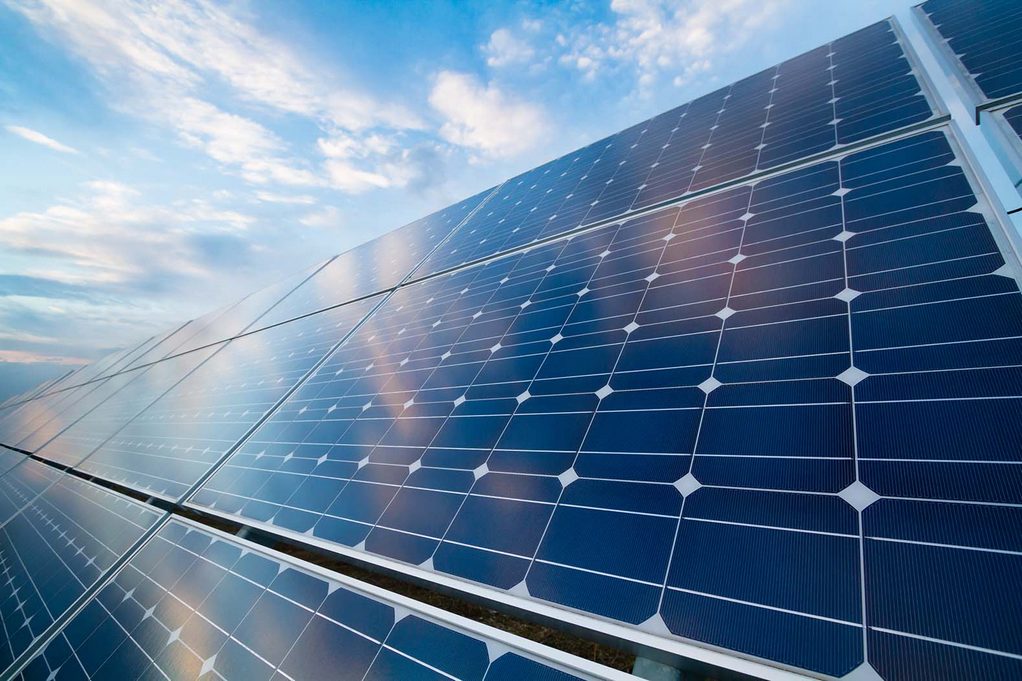Over 25 crore households across India have the potential to deploy 637 GW of solar energy capacity on rooftops, according to a new independent report by the Council on Energy, Environment and Water (CEEW) released.
The CEEW report said that deploying just one-third of this total solar technical potential could support the entire electricity demand of India’s residential sector (about 310 TWh).
However, the technical potential reduces to one-fifth (118 GW) after factoring in the current electricity consumption of households.
Currently, India has installed 11 GW of rooftop solar capacity, of which only 2.7 GW is in the residential sector.
The CEEW report did a bottom-up analysis across 21 Indian states that cover 97 per cent of the country’s population.
It found that 60 per cent of the residential rooftop potential was concentrated in just seven states Uttar Pradesh, Maharashtra, West Bengal, Odisha, Rajasthan, Andhra Pradesh, and Tamil Nadu.
India’s rooftop solar potential is spread geographically across states in contrast to other renewable technologies like utility-scale solar and wind projects, and could be critical to the energy transition ambitions of states.
Moreover, rural areas show higher technical potential based on residential rooftop area (363 GW) compared to urban areas across states (274 GW).
Arunabha Ghosh, the CEO of CEEW, said that India’s solar energy revolution going from 2,000 MW of solar power capacity in 2010 to 72,018 MW now must reach households too to achieve its full potential.
The CEEW report also found that residential awareness of rooftop solar systems was less than 50 per cent at the national level in FY 2020.
Awareness in most states was clustered between 30 and 50 per cent.
When it came to willingness to install rooftop solar systems, residential consumers in Gujarat showed the highest willingness at 13 per cent, compared to the national average of 5 per cent.
However, residents across states perceive rooftop solar systems to be costly investments, impacting their willingness to pay.
According to another CEEW study released on Thursday, solarising residential households also offers huge economic benefits to power distribution companies (discoms).
The study on solarising rural households in Bihar and Meghalaya highlights lifetime economic gains to the tune of Rs 2,700 crore per 100 MW of solar capacity to discoms.
The benefits will be due to reduced cross-subsidy burden, improved transmission and distribution losses, and lower average cost to serve consumers.
The CEEW study recommended introducing targeted capital subsidies for consumers, particularly for rooftop solar system sizes of 0-3 kW, and recognising systems below 1 kW in policies and regulations.
Further, for consumers, states should create a one-stop platform for rooftop solar to provide basic, reliable, and compelling information about rooftop solar. At the national level, there is a need to roll out awareness campaigns to generate demand.
Tags: Energy Transition, Rooftop, Solar



Recent Posts
FRV Partners with Envision Energy on Green Ammonia Project in Brazil
Hamburg Trials HVO 100 Biofuel for Port Fleet as Interim Decarbonization Measure
CUMTA considers water metro linking ECR and Napier bridge
BSM unveils methanol bunkering simulator to equip seafarers for greener shipping
DPA commissions India’s first Make-In-India green hydrogen plant at Kandla
Port of Tauranga to Trial New Zealand’s First Fully Electric Straddle Carrier
OceanScore Crosses 2,300-Vessel Mark as Demand for Compliance Solutions Grows
HD Hyundai and H-Line Shipping Collaborate on AI-Powered Autonomous and Eco-Friendly Vessel Technologies